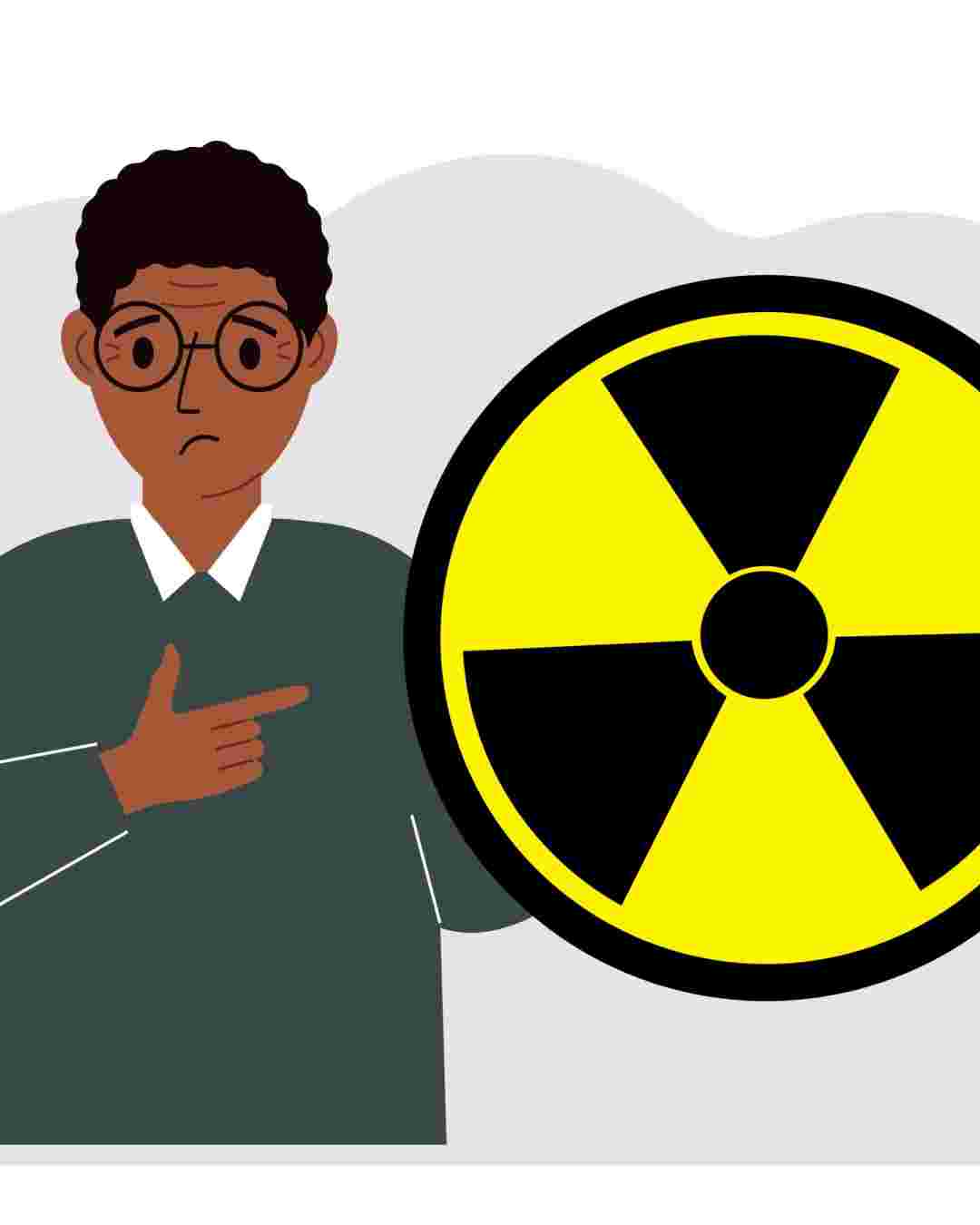Orthodontic Radiation exposure: A week of background radiation?
This post is by Padhraig Fleming. He discusses a new paper examining the radiation exposure and risk of orthodontic radiographs.
There is much discussion and uncertainty concerning the appropriate number and type of radiographs that our patients undergo. Having been trained in the U.K., I am a big fan of the British Orthodontic Society guidelines on this. They are now getting a little ‘mature’, and it would be great to see these updated to better reflect the available techniques and changes in radiation dosimetry.
One of our concerns is, of course, ensuring that we do not over-expose our patients. As the authors suggest in the introduction,
“Before any radiographic examination, a clinical examination must be done in order to avoid unnecessary exposure to radiation. To avoid radiographs being taken simply because it is ‘routine’, the justification should conclude that the needed information is not available elsewhere and that radiography is the most suitable method for obtaining the information.”
Equally, it is important that we have the information that we require to correctly diagnose and plan. Clearly, there is a balance to strike.

Radiation exposure during orthodontic treatment: risk to children and adolescents.
Authors: Stervik C, Lith A, Ekestubbe A.
Acta Odontol Scand. 2024; 83: 296-301. doi: 10.2340/aos.v83.40571.
What did they ask?
The authors of this study carried out in Sweden attempted to answer this question.
“How much ionising radiation are our patients typically exposed to during orthodontic planning and treatmen”t?
What did they do?
They carried out a retrospective study involving two specialist orthodontic clinics
Participants:
The team analysed a large sample of 1,790 children and adolescents with an average age of 14.8 years. They collected the data between 2004-2005 and 2011-2012. Patients with oro-facial clefting, craniofacial issues, incomplete records or discontinued treatment were excluded.
Data analysis:
They calculated the number and types of radiographs taken during orthodontic planning and treatment. This information can be used to estimate the stochastic risk of inducing fatal cancer as follows: 15% per Sievert under 10 years and 10% per Sievert from 10-20 years of age.
What did they find?
On average, more than one panoramic radiograph (1.06 per patient) was taken before treatment, with lateral cephalograms obtained in most cases (0.92 per patient). These figures were reduced during treatment to 0.19 and 0.14 for panoramic images and lateral cephalograms, respectively. A disparity was noted between the two clinics regarding the number of intra-oral images obtained, with a mean of 4 and 2.2 in Clinics B and A, respectively. In addition, cone-beam computed tomography (CBCT) with a 4 x 4 cm field of view was used in 6.1% and with a larger (6 x 6 cm) field of view in 1.1%. During post-treatment follow-up, just 2.8% and 1.5% of patients had panoramic images and lateral cephalograms, respectively.
What did I think?
I think that this was a very informative and timely study. Imaging modalities have improved considerably in recent years with increased use of CBCT and efforts at dose limitation. It is vital that we obtain the necessary information to diagnose and manage our patients appropriately. Equally, it is important that we develop the skills to appraise our treatment outcomes. Radiography is obviously integral to this. Nevertheless, a key element of being a specialist is understanding how much is too much, and selecting the appropriate ‘amount of medicine’ for our patients in terms of treatment modalities, mechanics and diagnostics. This study helps to cast some light on our practice in this respect.
In terms of limitations, they collected the sample from just two practices in Sweden as long as 20 years ago. As such, the generalizability of the findings is questionable. Equally, the findings may not reflect contemporary practice fully. There was also a significant disparity between the two settings in relation to radiographic prescription. This may well reflect the inconsistency between practitioners in relation to the prescription of radiographs. I thought the number of intra-oral radiographs was relatively high, but, given the lack of similar data, I may be the outlier in this respect.
The methodology section referred to the risk of inducing fatal cancer in this cohort. However, I was unable to find the corresponding data in the results. Nevertheless, the finding that our radiography introduced a similar level of radiation to 5-10 days of background radiation was a useful starting point.
What can we conclude?
There is marked inconsistency between practitioners in relation to the prescription of orthodontic radiographs. However, a level of radiation tantamount to 5-10 days of background radiation (Let’s call it a week to make it memorable) might be representative. It is hard to be entirely prescriptive regarding our imaging requirements; however, an attempt to improve international consensus may be overdue?

Professor of Orthodontics, Trinity College Dublin, The University of Dublin, Ireland
Excellent analysis of the study Padhraig. Thank you. It is definitely easier to remember a week of background radiation.
Thanks again.
So the old “ALARA” warning obviously still applies!
Merci Dr Obrien
hi all
what does a week of backgound radiation mean? is it a regular day to day life? how many sievert does this equivalent to?